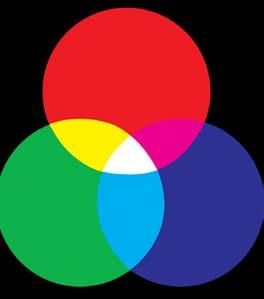
1 minute read
Color is Subjective
from Ortiz_FINAL
We learned in Chapter 2 that each individual sees colors differently based on their age, gender, personality, and a myriad of other factors. In Chapter 3, we learn that similarly the emotional response of individuals to color are subjective. With different life experiences and memories comes different association of color with specific emotions. This is an important factor to consider when designing a space for a client.
Color Association and Preference
Advertisement

Color association and preference can stem from within cultures, branding, age group tendencies, gender groups, etc. For example, most Western countries tend to utilize blue, while Japan prefers the color red. Luxury brands lean towards using darker, richer colors, especially purples. The Cheerios brand has become closely related to the color yellow. Studies have been able to generalize specific emotions related to colors: red with love, passion, excitement; pink with sweetness and femininity; blue with calmness and strength; green with growth and renewal; yellow with happiness; purple with bravery; orange with warmth and festivity, etc.
Color changes Spaces
Color association not only effects how an individual may feel about a color, but also how they experience a space. Walls, columns, roofs, that stick out in a specific color could pull or push an individual from a certain direction. Color can also be used as a form of organization of a building-- for example, by associating each floor with a different color, it makes it easier for visitors to navigate the space if lost. Color can even make a space feel larger or smaller-- darker colors tend to tighten spaces while lighter colors widen the space.










